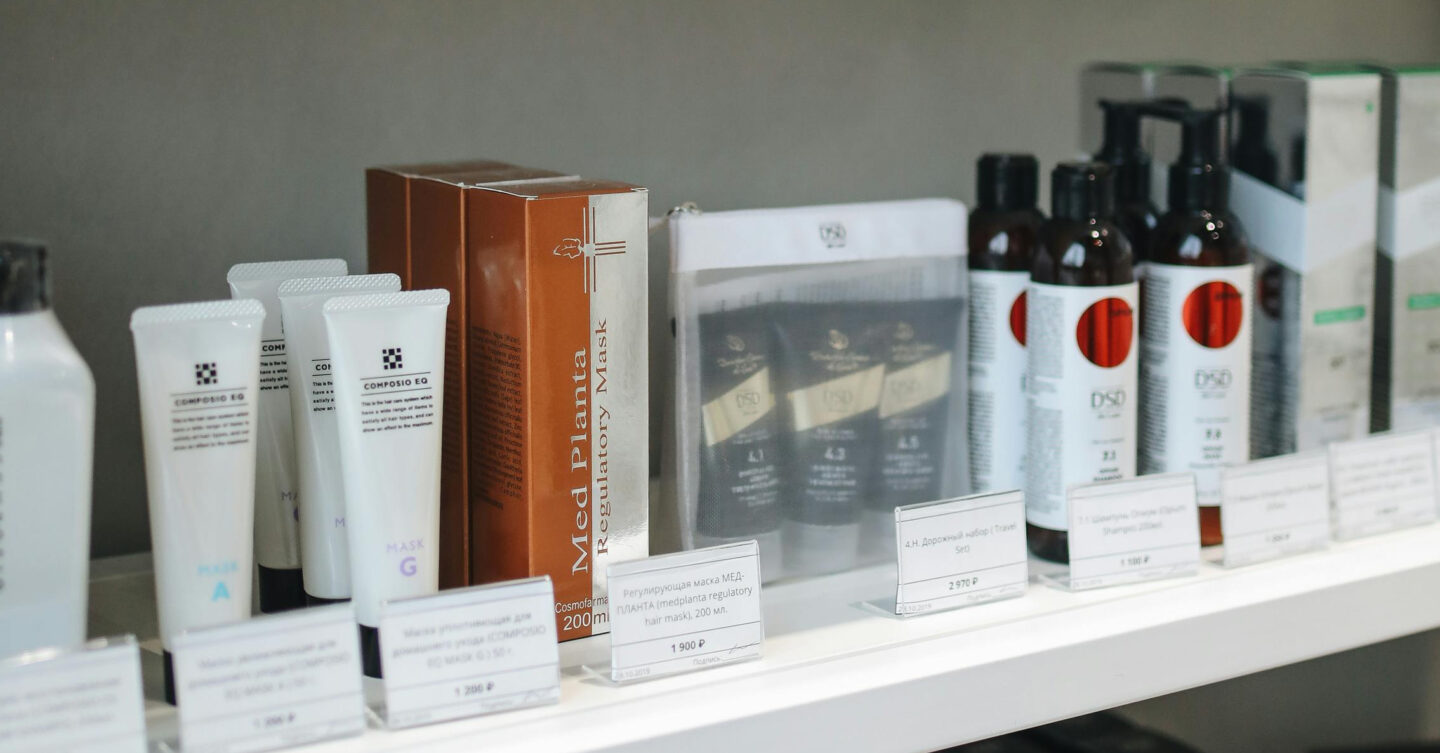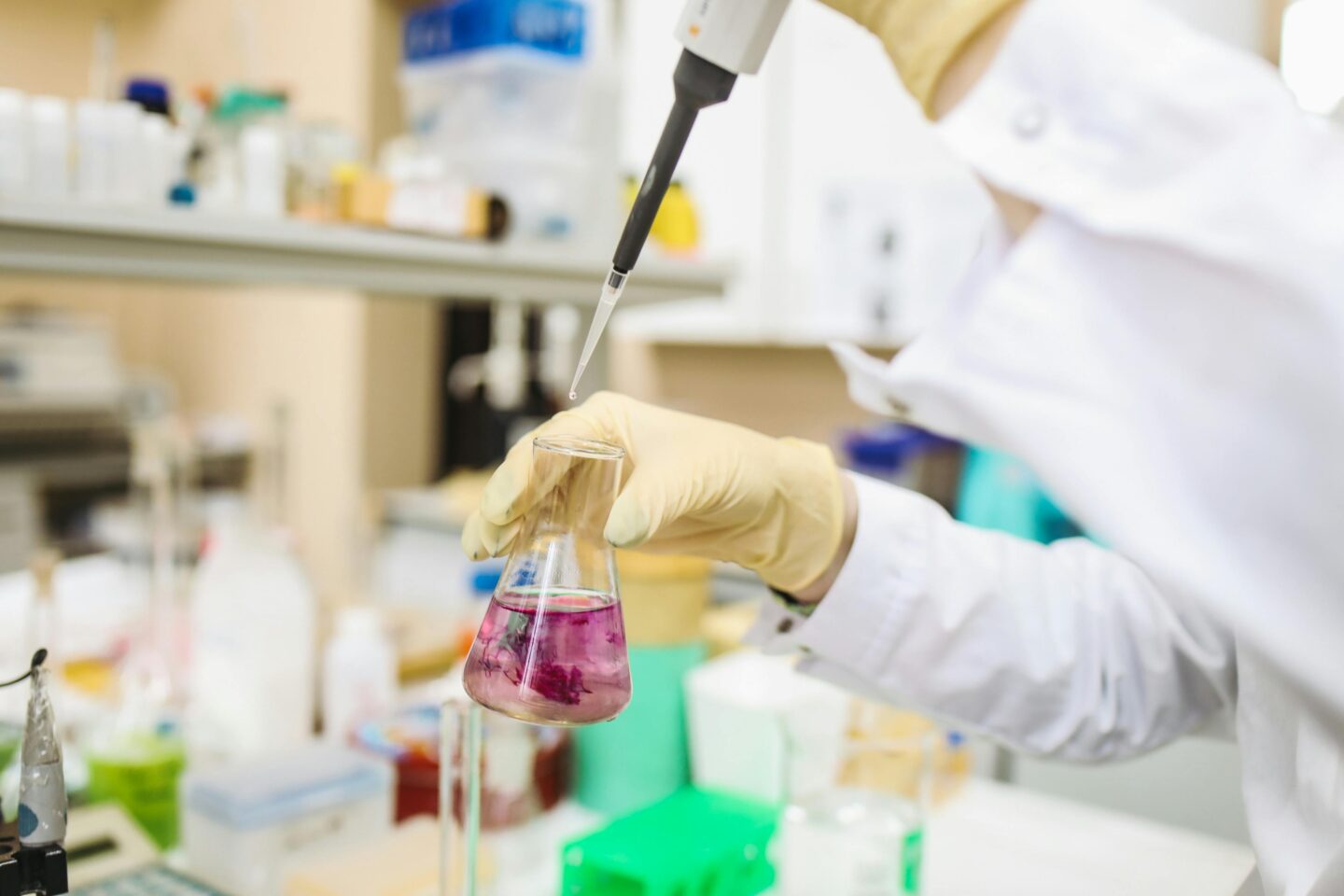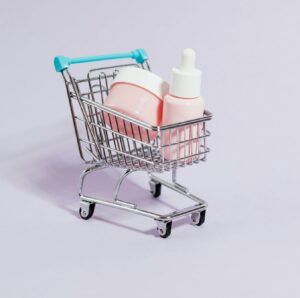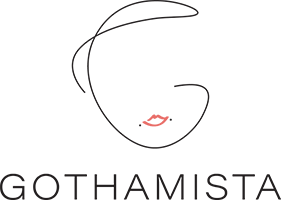Beauty capitalism is a massive, complex machine. Globally, revenue from the beauty and personal care industry is projected to grow by several percent a year, reaching over $700 billion by 2027. That’s a lot of billions up for grabs.
Capturing those billions means marketers have to pull out all the clever beauty marketing tactics they know. We know all about how Photoshopped advertisements prey on consumers’ insecurities, but heavily retouched images are just the tip of the iceberg. Here are three sneaky skincare marketing tactics to watch out for.
- Illegal claims made legally
While cosmetics advertising regulations vary by region, they all share an overarching common goal. These regulations exist to protect the consumer. Some regulations help protect consumers from physically harmful or hazardous substances. Others help protect consumers from scams. One common way regulations protect consumers from scams is by restricting the kind of claims companies can make about their products.
In the US, for example, the FDA governs cosmetics labeling and mandates that companies cannot make unfounded “drug” claims on “cosmetic” products. Broadly, the FDA defines cosmetics as products used to alter the appearance of parts of the body. Drugs alter the structure or function of parts of the body (or prevent, mitigate, treat, or cure a disease).

Photo by Polina Tankilevitch
What this means for skincare is that brands typically can’t make drug-like claims. If they aren’t using ingredients with enough research to support claims like firming or lifting, they can’t say the product firms and lifts. They can say the product improves the appearance of firmness, and they can say the product promotes a more lifted appearance.
However, brands can name products whatever they want. Clever marketers will thus look for ways to use product names to imply claims that they can’t make outright. Which is why you’ll find so many products with words like Youth in the name. In Asian countries where cultural beauty standards favor fair skin, you’ll also find product after product with White in the name.
Don’t let the name of a product fool you into assuming its effects. Always pay attention to the ingredients over the marketing!
- “Viral” marketing campaigns
If you look at skincare content on social media, you’ve probably come across at least some “viral” products over the past few years. Maybe it was a sunscreen stick. Or a face mask that totally erased pores and skin texture when wiped off. “Viral” products seem to appear out of nowhere and rapidly take over Instagram and Tiktok feeds until they’re inescapable by anyone who’s ever clicked on a skincare video once.

Photo by PhotoMIX Company
Viral marketing is powerful. Skincare products are a dime a dozen these days. Seeing something advertised once won’t move the needle for an individual or for the market as a whole. Watching a well-known creator promote a product in a piece of sponsored content might help, but not that much. Seeing something used and raved about by dozens or hundreds or even thousands of creators, on the other hand? Especially when some of those creators seem too “small” or amateur to be sponsored? That will move the needle and sell out some products.
The power of viral marketing lies in its appearance of authenticity. Viral products seem to take off organically, and that makes people believe they must actually be good, because why else would so many different people be so crazy about it?
I have really bad news. Many of these “viral” products blew up by design. Marketers recognize the fractured attention spans of modern consumers. Promoting a product through a few large channels will likely drive fewer sales than carpet-bombing social media with the product. Sending freebies to a few hundred smaller creators often costs less than paying the standard rates of just a few major influencers.

Photo by Kerde Severin
Smaller creators generally receive less PR. This often predisposes them to a positive bias towards the products and brands. It’s natural to feel excited and as if they’ve “made it” now that they’re getting free product. As an added bonus, smaller creators’ audiences generally feel a stronger sense of trust and connection to them. Newer creators also may not be aware of how to clearly disclose gifted products in their posts. And there you have it: a viral marketing campaign executed to look like the natural rise of a life-changing product (that everyone will forget about when the next viral product comes along).
Be wary of “viral” products. If one piques your curiosity, take a few minutes to investigate its social media presence. Do multiple creators talk about the product using very similar or even identical wording? Did a lot of creators upload their content about the product within a very short time? Is the brand commenting and boosting the content? If it smells like a campaign, it most likely is.
- “Free from” marketing
As you may have noticed, fear sells products. The fear of “chemicals” drives sales of “natural,” “organic,” “non-toxic,” “chemical-free” cosmetics. But everything is chemicals. The fear of “dirty” cosmetic ingredients drives sales from “clean beauty” brands. And so on.
Fear is the key selling point of “free from” marketing. This is when marketers position their products by discussing what their products do not contain, as opposed to what they do contain. Sometimes this makes sense. If we have a topical allergy or ingredient sensitivity, we want our cosmetics to be free from the ingredients that trigger our skin reactions.

Photo by Polina Tankilevitch
In many cases, however, “free from” marketing is not about protecting the consumer from harmful ingredients. It’s about propping up an otherwise unremarkable product. Many skincare products are more alike than different. Sometimes this is due to multiple brands using the same cosmetics lab for formulation. Labs often sell products as a base formula, which brands then customize by adding their own bells and whistles.
These similarities can prevent products from standing out on their own merits. So when marketers can’t come up with a strong differentiator, they turn to “free from” marketing. Sure, this gel moisturizer may be almost exactly the same as a dozen other gel moisturizers, but this one is free from these “scary” ingredients!
Unless you have a specific allergy or sensitivity, or you have a medical reason to avoid an ingredient—for example, retinoids during pregnancy—most widely used cosmetic ingredients are perfectly safe at their typical rate of usage in topical products. “Free from” marketing often plays on unfounded fears of unfamiliar terms. It also plays on on online fearmongering about “unnatural” substances. Instead of looking at what a product is “free from,” pay more attention to what it actually includes. This will tell you much more about what a product can do and whether it’s worth the price.

Photo by Karolina Grabowska
For some added entertainment, the next time you go skincare shopping, pay attention to “free from” claims. They often call out ingredients that the product wouldn’t have included to begin with. For example, we’ve seen moisturizing creams marketed as free from sodium lauryl sulfate (SLS). SLS is a detergent that isn’t normally found in moisturizing products anyway. If a product’s main selling point is that it doesn’t contain something that that kind of product doesn’t normally contain anyway, that gives you a clue about the actual merits of the product.
As much as we love skincare and cosmetics in general, we’ve also been in the industry long enough to recognize its less-than-beautiful side. Marketers pull out all the stops in their race to win a share of those hundreds of billions of dollars pouring into the industry each year. Our individual consumer dollars are just a drop in a vast ocean to them, but they matter to us. Keep your eyes open for sneaky skincare marketing tactics so you can make sure your dollars don’t go to the wrong products!
